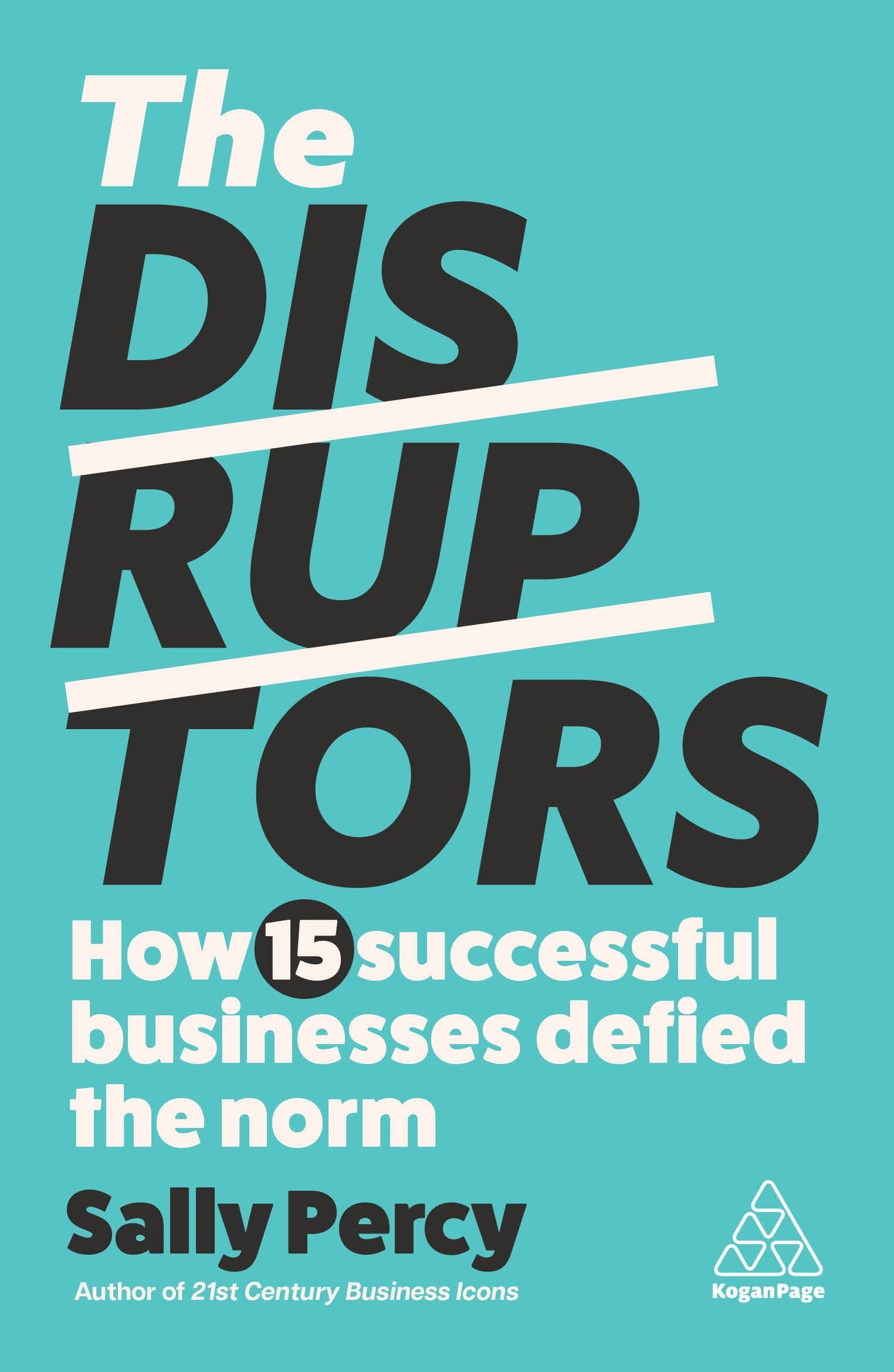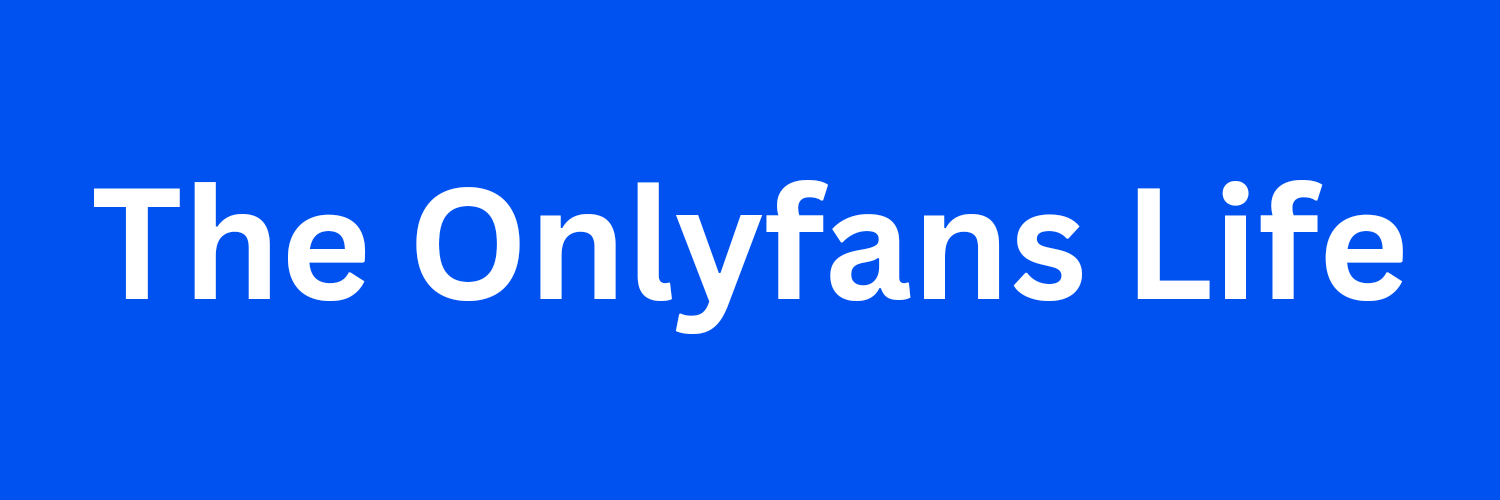By Sally Percy
OnlyFans and TikTok are two of the biggest forces in the global creator economy, with millions of users around the world. They have helped to redefine entertainment and transform how we engage with content. This article explores their characteristics and impact, as well as the inventive monetisation devices that underpin their appeal.
In 2021 Sarah Jayne Dunn made headlines when she quit her role in long-running British soap opera Hollyoaks to focus on her work as a creator on OnlyFans. Three years later, the actor still uses the social media platform to share exclusive photos of herself in lingerie and bikinis with her army of loyal – and mostly male – subscribers.
As well as charging for subscriptions, Dunn posts additional pay-to-view content and monetizes her account through private messaging and live broadcasts. A full-time creator, Dunn likes the way OnlyFans gives her creative and financial control over her public image. In fact, becoming an OnlyFans creator has proved to be a lucrative financial decision for her, with British newspapers reporting in 2022 that she was earning an average of £13,500 per week.
 When she spoke to me for my book, The Disruptors: How 15 Successful Businesses Defied the Norm, Dunn said of her decision to join OnlyFans: “I knew it was right for me and it’s paid off immensely. It’s the best decision I’ve ever made. I just wish I’d done it sooner.”
When she spoke to me for my book, The Disruptors: How 15 Successful Businesses Defied the Norm, Dunn said of her decision to join OnlyFans: “I knew it was right for me and it’s paid off immensely. It’s the best decision I’ve ever made. I just wish I’d done it sooner.”
Dunn is one of more than three million content creators with an OnlyFans account. Most creators are nowhere near as popular as her, but she’s proof that content creation can be highly effective business model for people who take it seriously and do it well. To succeed on OnlyFans, it’s critical to post consistently and interact with subscribers on a daily basis. Being famous in the first place probably doesn’t hurt either.
While Dunn does not post any explicit content, OnlyFans is best known for providing adult entertainment. But the platform also hosts content from a diverse range of other creators, including fashion and food influencers, fitness trainers and musicians. Although it was launched in 2016, it exploded in popularity during the Covid-19 pandemic, when people were stuck at home, bored and looking for a distraction. Today, the platform has over 220 million registered users.
Within a relatively short frame, OnlyFans has helped to supercharge the creator economy by giving creators control over both their content and their earnings. In fact, Keily Blair, chief executive of OnlyFans, says the platform’s 80:20 earnings model – where creators get to keep 80% of their revenues – is what differentiates it from other content creation channels.
“We recognize that the creators are creating the content, they are the brand, and they own their narrative,” she says. “So, they should be the people who are making most money from interactions.” Due to the rise of what Blair terms “subscription fatigue”, creators are increasingly earning a greater proportion of their revenues from microtransactions such as direct messages, tips, coaching and pay-per-view content.
Another social media platform that is driving the creator economy is TikTok, one of the world’s most downloaded apps. Developed by Chinese technology giant ByteDance, TikTok has over a billion monthly active users – more than 12% of the global population. Like OnlyFans, it’s a young business that only launched in 2016.
TikTok quickly became wildly popular with would-be content creators who wanted to entertain others. To begin with, creators could only upload videos of up to 15 seconds in length, but the limit was later extended to one minute, then three minutes, and later 10 minutes.
Thanks to its in-built recording and editing capabilities, TikTok makes the process of recording, editing and posting video content easy for content creators. To get a soundtrack, creators can select from TikTok’s extensive music library, which licenses songs from popular music labels.
Making TikTok videos is not only fun for creators; it can be lucrative too. The platform offers tools that enable creators to monetise their content. One of its most significant innovations is TikTok LIVE, a livestreaming service that allows users and creators to interact in real time, including by sending and receiving ‘gifts’. These gifts are animated emojis – such as ice cream cones, pandas and even garden gnomes – which must be bought by virtual coins on the platform using real money. The creator can then convert the gifts into cash.
Another important revenue-sharing programme is TikTok Pulse, which enables creators with at least 100,000 followers to collaborate with brands. Through TikTok Pulse, advertisers can place their brand next to the top 4% of video content on the platform.
TikTok is also renowned for encouraging influencer marketing strategies where companies partner with content creators to make short videos that promote their brand. The brands benefit from the trust these influencers have built up with their followers while the influencer-creators benefit from being able to attract potentially lucrative sponsorships from brands.
Undoubtedly, TikTok is a major force in the global creator economy. Nevertheless, its ability to maintain that influence in future is likely to depend on whether it survives in the US. Because of its association with China, US politicians see the app as a security risk and have passed legislation that could see the app banned unless ByteDance sells its controlling stake. TikTok has filed a legal challenge against the ban, but if it is upheld, it could effectively set a precedent for other countries to adopt similar measures.
With a very short timeframe, OnlyFans and TikTok have both built lucrative business models based on content creation. So, what can we learn from their success? While technology has enabled both platforms, the two businesses have also actively embraced democratisation. By empowering creators to make money from their content, the platforms encourage them to keep producing fresh, engaging content. In turn, this attracts new users to the platform and keeps them hooked.
Sally Percy is the author of new book The Disruptors: How 15 Successful Businesses Defied the Norm, published by Kogan Page on 03 September.
About the Author
 Sally Percy is a business journalist and editor, specialising in leadership and management. She is also a leadership contributor to Forbes.com and a commercial copywriter, speechwriter and ghostwriter. She is author of The Disruptors: How 15 Successful Businesses Defied the Norm (Kogan Page), 21st Century Business Icons: The Leaders Who Are Changing our World (Kogan Page) and Reach the Top in Finance: The Ambitious Accountant’s Guide to Career Success (Bloomsbury).
Sally Percy is a business journalist and editor, specialising in leadership and management. She is also a leadership contributor to Forbes.com and a commercial copywriter, speechwriter and ghostwriter. She is author of The Disruptors: How 15 Successful Businesses Defied the Norm (Kogan Page), 21st Century Business Icons: The Leaders Who Are Changing our World (Kogan Page) and Reach the Top in Finance: The Ambitious Accountant’s Guide to Career Success (Bloomsbury).
This post was originally published on this site be sure to check out more of their content.







